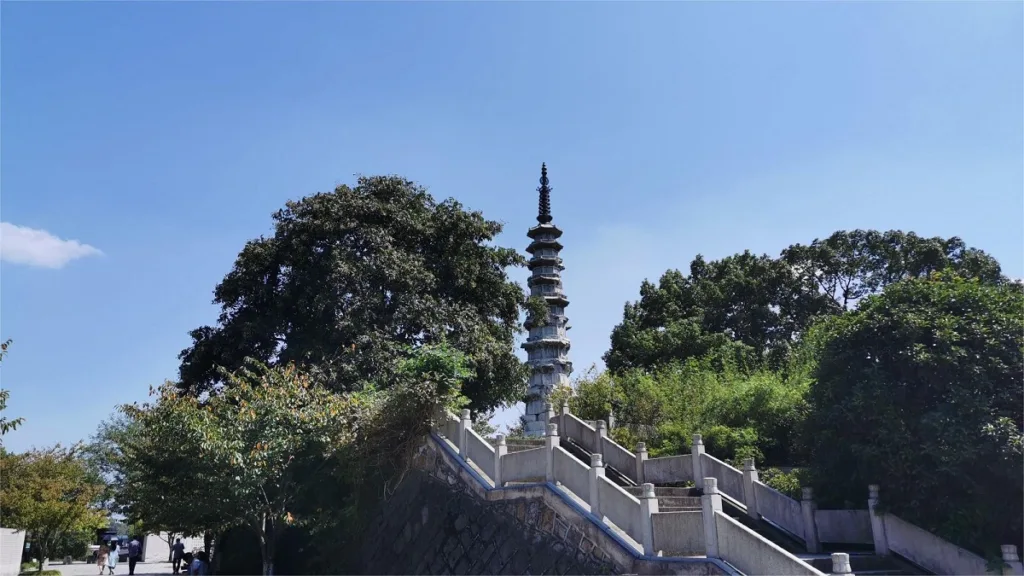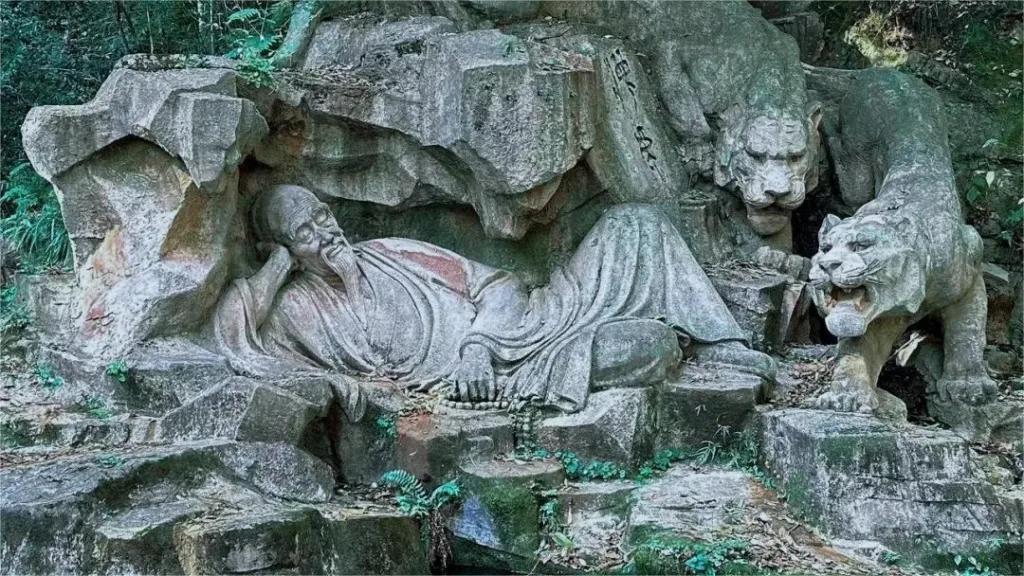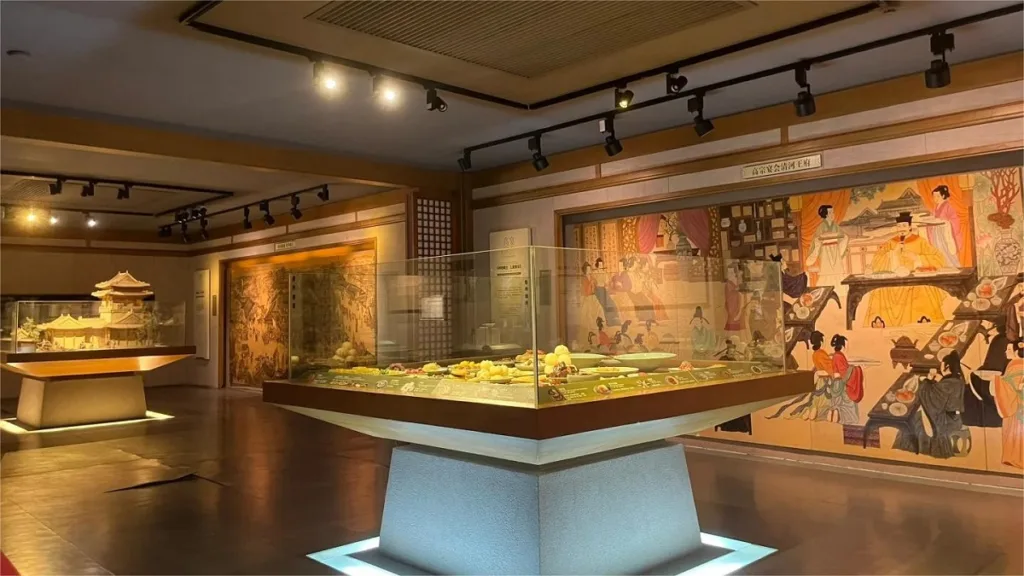The Qiantang River Bridge (钱塘江大桥), also known as Qianjiang First Bridge, is a remarkable double-deck truss bridge spanning the Qiantang River in Hangzhou, Zhejiang Province, China. Situated south of the West Lake and in close proximity to the Liuhe Pagoda, the bridge spans the Qiantang River between the Nanxing Bridge Station of the Zhegan Railway and the Qiantang River Station.
Designed and supervised by Chinese bridge expert Mao Yisheng, the Qiantang River Bridge is the first self-designed and constructed dual-purpose railway and highway bridge in China. The total length of the bridge is 1453 meters, with a road bridge width of 9.14 meters and a railway bridge width of 4.88 meters.
Visitors can marvel at the full view of the bridge from the Liuhe Pagoda and then walk to witness the bridge’s magnificence up close. Standing on the bridge offers a unique perspective to admire the surging waters of the Qiantang River, creating a distinct and memorable experience for those who visit.
Table of Contents
- Basic Information
- Location and Transportation
- Highlights of Qiantang River Bridge
- Vlog about Qiantang River Bridge
- Attractions near Qiantang River Bridge
Basic Information
| Estimated Length of Tour | 0.5 – 1 hour |
| Ticket Price | Free |
| Opening Hours | 24 hours a day |
Location and Transportation
Stretching from the eastern foothills of Erlongshan in the Shangcheng District to the upper Shabu Village in Jiangnan Avenue, Binjiang District, the bridge serves as a crucial transportation artery linking the Shanghai-Hangzhou Railway, Hangzhou-Ningbo Railway, and Zhejiang-Jiangxi Railway.
To the south end of the bridge, you can take bus 171 or 172 and get off at Binjiang Haichuang Yuan Stop (滨江海创园站).
To the north end of the bridge, you can take bus 39, 500, or 7280 and get off at Zhijiang Road Liuhe Pagoda Stop (之江路六和塔站).
Highlights of Qiantang River Bridge
Qiantang River Bridge Memorial Hall

Situated on the northwest side of the Qiantang River Bridge in Hangzhou’s West Lake district, the memorial hall was constructed by the former Shanghai Railway Bureau and opened its doors on December 14, 1999. Spanning a total area of 330 square meters, the hall is divided into three exhibition halls, each focusing on different aspects of the bridge’s history. The chapters include “Overture of Bridge Construction,” “Overcoming Difficulties,” “Experiencing Changes,” “Maintaining and Protecting the Bridge,” “Outstanding Achievements,” and “Mao Yisheng’s Life.” The memorial hall houses over 70 physical artifacts related to bridge construction and maintenance, along with more than 40 items such as Mao Yisheng’s design manuscripts, writings, and personal belongings.
Mao Yisheng Bronze Statue

The bronze statue of Mao Yisheng stands proudly on the northern embankment of the Qiantang River Bridge. This life-sized bronze sculpture commemorates Mao Yisheng, the chief architect of the bridge. Notably, after completing the construction of the bridge, Mao Yisheng, amidst the outbreak of the Second Sino-Japanese War, deliberately ordered the destruction of the bridge to prevent its use by invading forces. The bridge was reconstructed only in 1946, after the victory of the anti-Japanese resistance, and has since stood without any issues.
Cai Yongxiang Martyr Exhibition Hall

Located on the northern bank of the Qiantang River Bridge, the Cai Yongxiang Martyr Exhibition Hall covers an area of 16 acres, with an exhibition space of 800 square meters and an adjacent plaza spanning 1000 square meters. The plaza features a towering 9-meter-high statue of Cai Yongxiang, a revered martyr. Opened in November 1968, the exhibition hall systematically presents the heroic deeds of Cai Yongxiang, detailing his family history, growth, unwavering dedication after joining the military, and his ultimate sacrifice in protecting the bridge. The exhibition narrates the martyr’s struggles, commitment to duty, and courageous sacrifice to save a train and defend the bridge.





